 Let’s talk about the hottest thing on the Internet in the last few days and that is Google+. Google+ looks like the culmination of all the social network experiments that Google has been throwing out so far in the last several years. The network is only a few days old yet it already feels like it’s been around for a long time, and streams of posts have been flowing almost endlessly with hardly a slow down.
Let’s talk about the hottest thing on the Internet in the last few days and that is Google+. Google+ looks like the culmination of all the social network experiments that Google has been throwing out so far in the last several years. The network is only a few days old yet it already feels like it’s been around for a long time, and streams of posts have been flowing almost endlessly with hardly a slow down.
When you join Google+, you’re asked to create circles based on your relationship with the people listed on your screen. Now these circles are for you and you alone. None of the people listed will know what circle you’ve put them into and who their fellow circle members are. All they know is you’re following them.
This one-way relationship is what made Twitter popular and preferred by those who shun Facebook’s approach of mutual friendship. On Facebook, anyone who wants to consider you a friend has to be approved and while many may consider this as not that big of a deal, a lot of people are uncomfortable with this “forced” friendship.
For example, I may not want to be friends with you or worse, I don’t even want to know you exist simply because I don’t know you, never met you, couldn’t care less about you but clearly you’re interested to know what I’m up to, so you’re in a sense asking if you can be friends with me. If I ignore that request, you’ll think I’m a snob but if I approve the request, I’m forced to be linked with you when I actually don’t want to.
Twitter’s approach of one way relationship lets people be comfortable in the network and not having to deal with incoming streams of posts from people they don’t care about. Of course, there’s always the mentions tab but it’s easily ignored and you can block people from ever contacting you.
Google takes Twitter’s approach and adds Facebook’s grouping system to determine who can see your posts. This solves the whole privacy issue that’s been a major hurdle with Facebook and it also solves the noise problem that may arise if you happen to be a frequent tweeter.
In short, Google+ looks like Facebook and acts like Twitter, but with a twist. If you post something on Google+, you’re forced to decide who can see what you’re sharing. You can limit your audience based on the circles you create. If you don’t add any circles to your post, nobody will ever see it. You can share posts to multiple circles so you can post to a larger audience. You can also share your post to individual emails so only they can see it.
The last point above is also one way you can get your friends to join Google+. While open invitations have been suspended for the moment, Google still allows new account activations via email. I detailed the method in a previous post.
Anyway, all this time that we thought Google didn’t understand “social”, it turns out it learned a lot from its own mistakes as well as others’. The roll out and implementation of Google+ is like nothing else and the adoption rate has been phenomenal.
Google took the best features from the major competitors and baked them right in to the system. It even has multi-party video calling where you can watch a YouTube video together and discuss it together on text chat. If you want to say something instead of typing it, there’s a push-to-talk button that turns down the audio of the video so your voice would get heard by the others.
Google finally has a social product that is good enough to take on Facebook, Twitter, and Skype, all in one move. And it’s still early days for Google+.

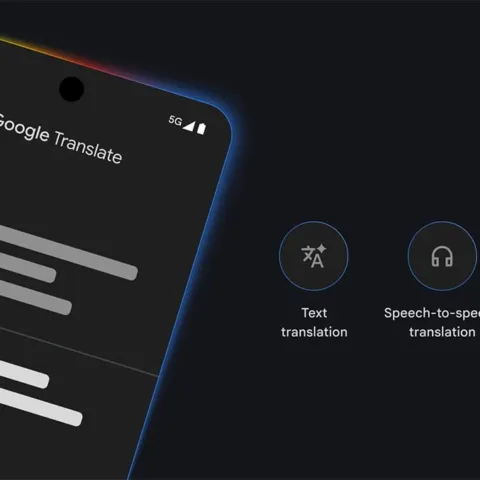
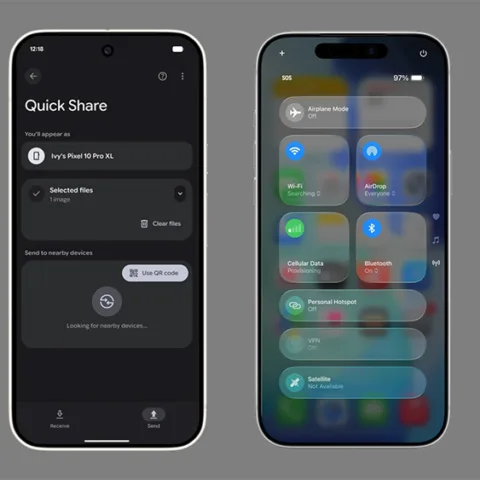
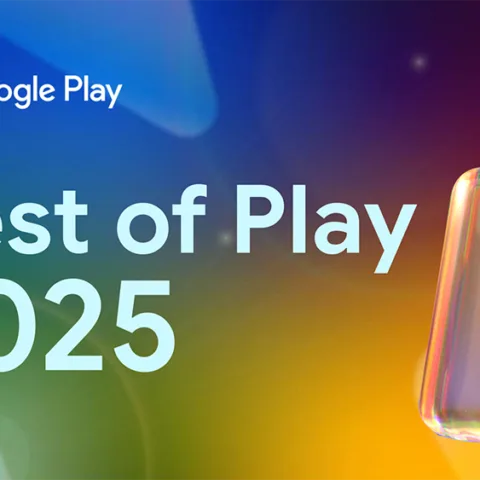



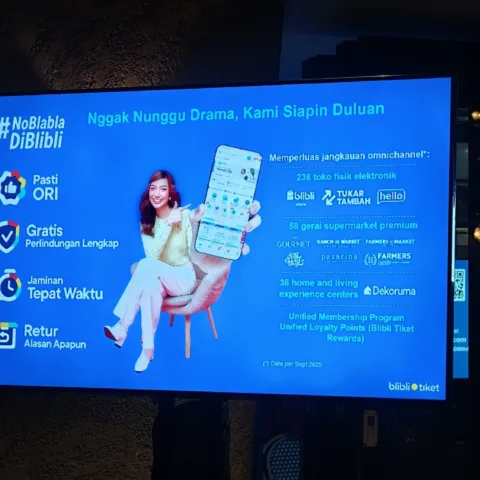

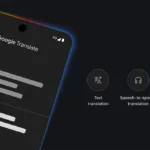

Nice work, though much like the distinction between the App Store and the Android Marketplace etc… There are a lot more people of Facebook and the sort of platform lock in they have will be hard to break.
Most of my non-techie friends still haven’t heard of Google+…
My friend suggest me to join google+ but it’s hard to get a rid my habitual as facebooker
Very nice information about the social network it is very useful to all the user thanks to sharing